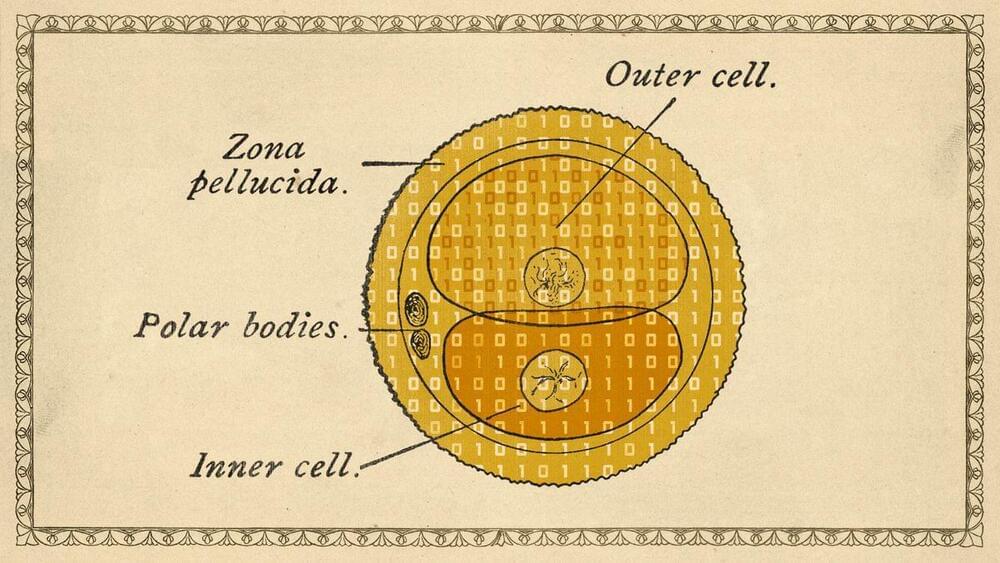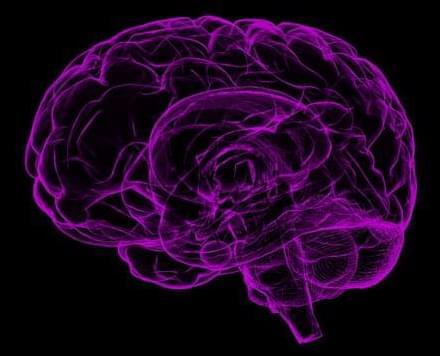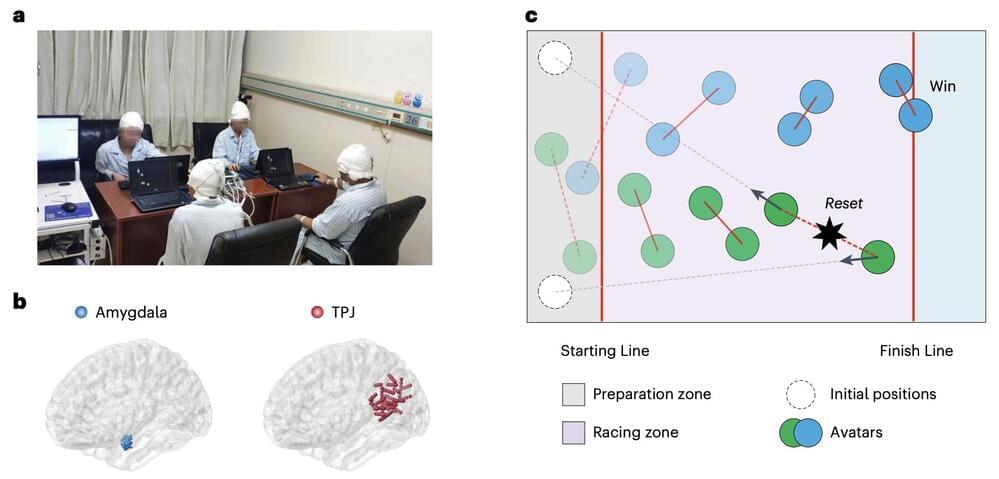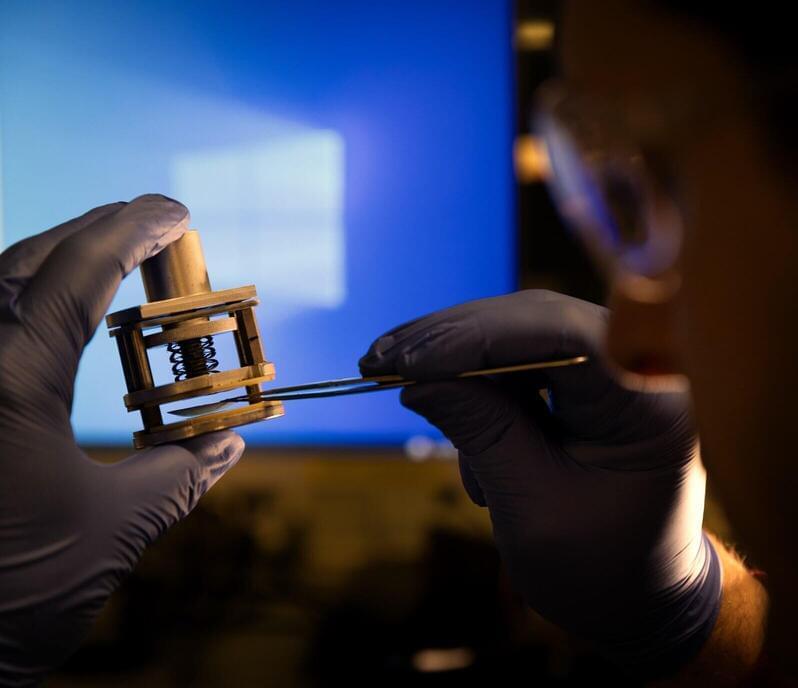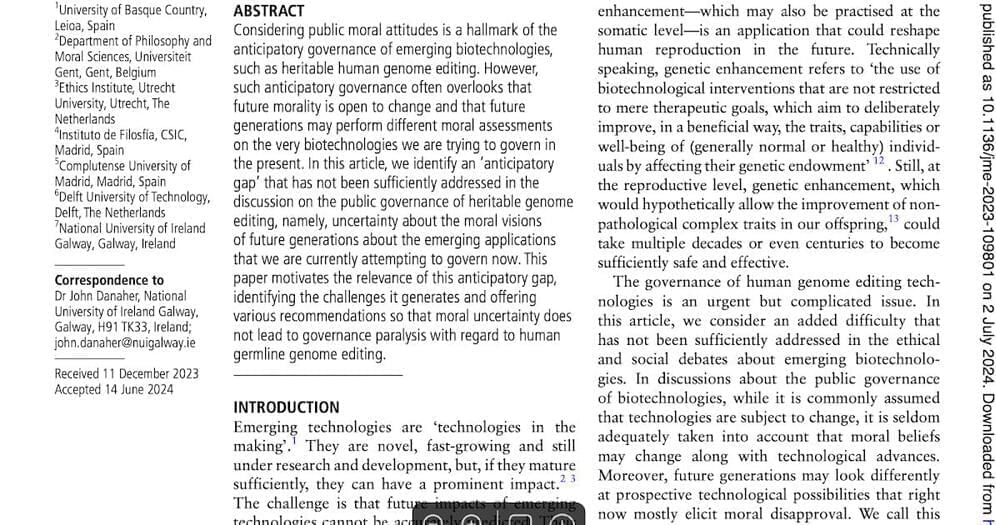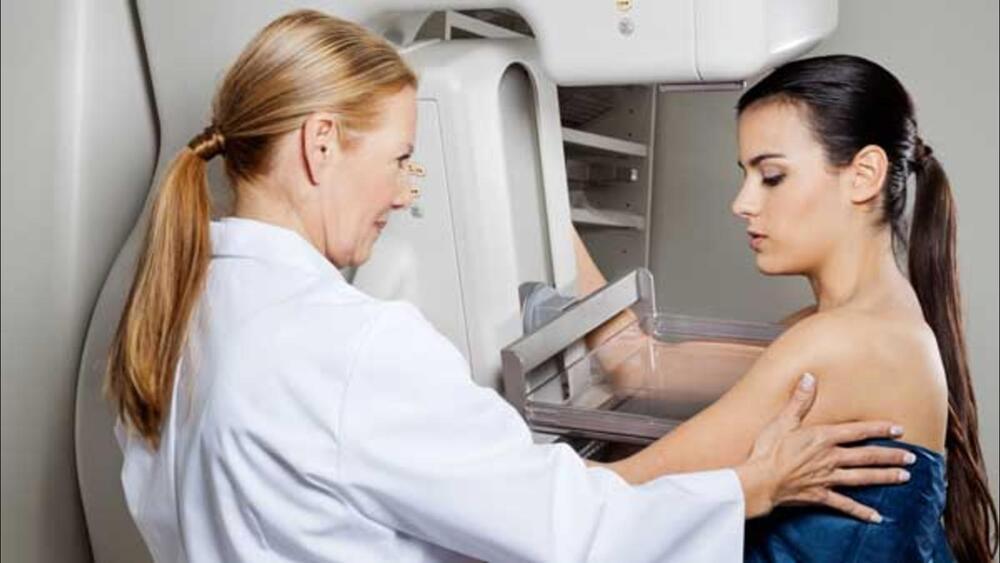As humans age, their brain function can progressively decline and they become more vulnerable to developing neurodegenerative diseases, such as dementia. Dementia and other progressive neurological conditions can significantly impair their memory, thinking skills and daily functioning, significantly reducing their quality of life.
Many psychology and neurological studies have tried to identify biological markers and lifestyle factors that can contribute to the development of dementia. Yet the contribution of psychological characteristics (e.g., traits, emotional well-being and cognitive resilience) to a decline in mental functions remains poorly understood.
Researchers at University of Barcelona, University College London (UCL), Normandy University and other institutes across Europe recently set out to fill this gap in the literature, by trying to determine whether specific sets of psychological characteristics relate to brain health in middle and late adulthood. Their paper, published in Nature Mental Health, identified three key psychological profiles that were linked to different cognitive and mental health trajectories after middle-age.


